Survival Psychology and Creating a Survivalist Mindset
Having a well developed survival mindset can be the difference between living and dying during and after a disaster. The field of survival psychology...
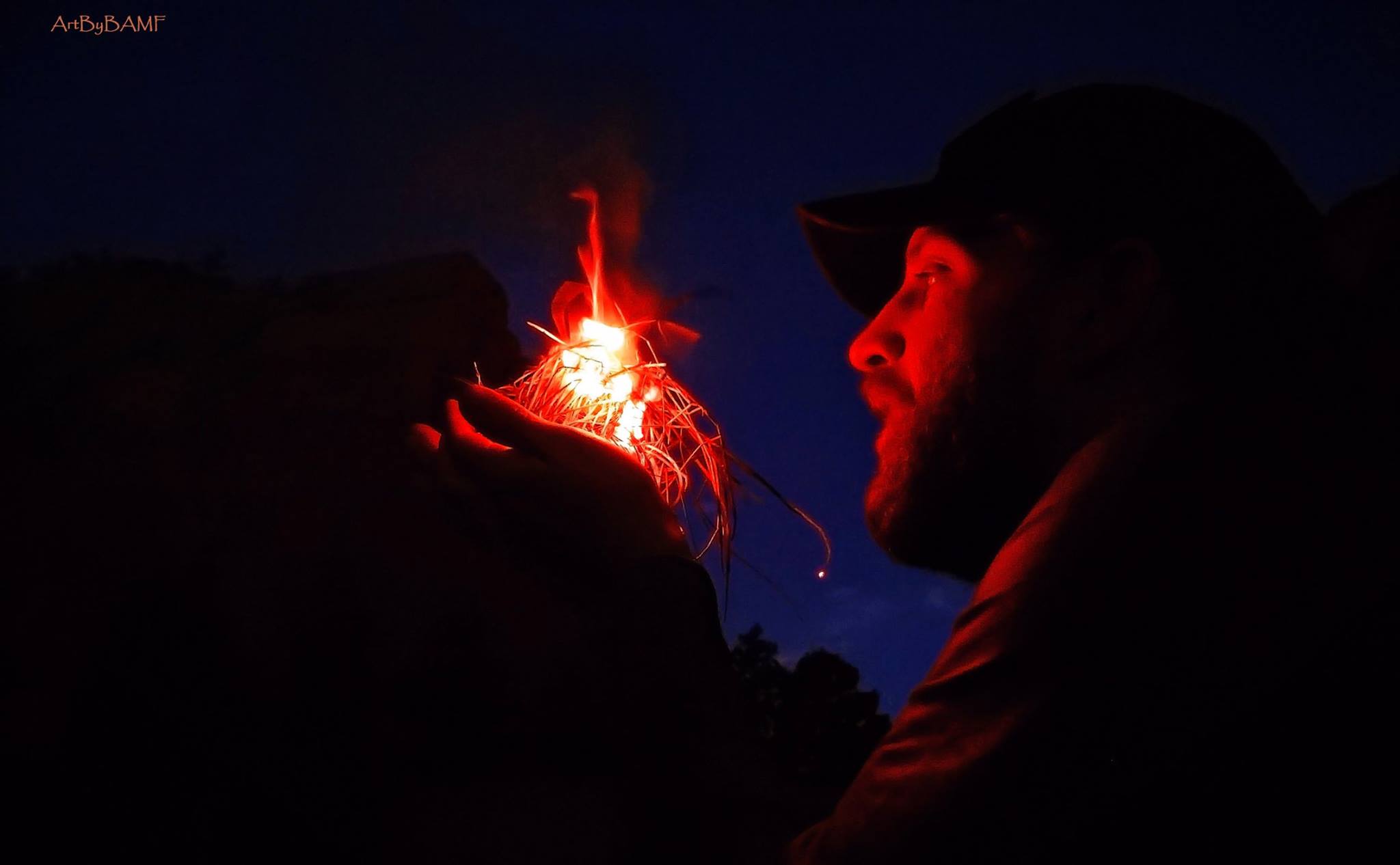
Do you ever test your survival skills? Looking for a way to challenge yourself in a practical way that may be useful in a survival situation? You should try starting a fire with a single match or with limited strokes using a ferro rod.
If a lighter is your primary way to start a fire, I suggest you get a backup but you can challenge yourself with a lighter too. You only get one successful flame ignition attempt with your lighter, if it goes out at all, you failed. I challenge you to give it a try, no matter what your primary ignition device is. Us survival/bushcraft guys call this the one match challenge and typically just a match is used but lets extend it to other ignition device of your choice. Leave the flame thrower at home!
Want to up the challenge? Do it in adverse weather conditions. Try it when everything is damp in the mornings, or during a rain shower, snow storm, windy weather or any condition that could potentially happen to you when you are out in the backcountry.
If you want to be successful, follow some of these tips.
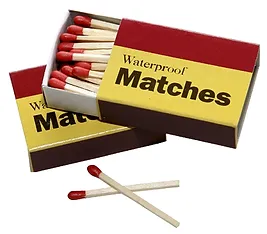
Purchase quality matches or other ignition devices. Many of the inexpensive matches that you can buy at your typical outdoor retail shop in the nice waterproof containers are, for the lack of a better term, complete crap! If you can find strike anywhere matches then you should buy them. Spend an extra dollar or two and buy quality products.Your life may depend on it!
Every little detail counts! Your match selection, fire pit location, wood type, wind direction, fire lay, tinder type, all matter. If you only have one chance to get the fire going, you want to make sure everything is perfect. Don’t skimp on any one step.
The shape of your fire lay is key. You do not want a flat fire lay as you want your fuel to get plenty of oxygen and for the fire to spread quickly. A teepee fire or cone shaped fire tends to work the best. I also like a log cabin fire lay but this style alone may not be successful unless you are really good at making fires. If you are struggling I suggest a hybrid of a log cabin and teepee fire.
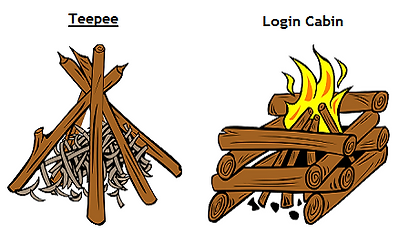
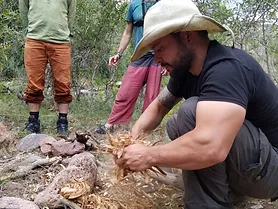
Choose your tinder wisely. Good tinder is dry, dead, hair-like or fluffy plant material completely devoid of moisture. If the material you harvested is not fine enough, you should work it in your hands until it is. The finer, the better. The dryer, the better! Many people use newspaper or toilet paper as tinder but for this challenge you should use natural materials that you freshly harvested from Mother Nature.
Choose your kindling wisely. Kindling is your second stage fire starting material. It is the small sticks or twigs that the fire from tinder spreads too. Make sure your kindling is as dry as possible and the thinner the better. If at all possible, do not pick your kindling from the ground as the ground contains moisture and the kindling will absorb it. Try to find dead kindling that is up off the ground, perhaps even still clinging to a tree.
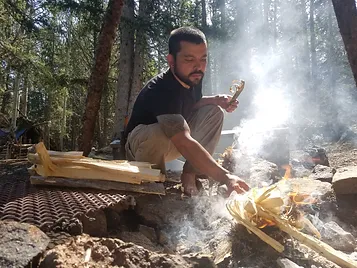
Feather stick a good portion of your kindling. What the heck is a feather stick you might ask? A feather stick is a length of wood which you carve or shave, with a knife, to create a cluster of thin pieces of wood protruding from the original hunk of wood. It creates more surface area for fire to spread and thins out the wood, allowing it to burn better.
Use a lot of tinder. I tend to gather at least a football sized amount of tinder but more never hurts. burns up fast and usually produces a large amount of heat, if processed correctly, so why not have a lot of it? You should have extra as backup so that if you light your fire, and it starts to go out, you can quickly add more tinder to get it to flare back up again.
Build a solid and efficient fire lay structure. The center of your fire lay should have a large amount of tinder in it with a solid kindling structure around it. It should be able to be knocked over easily by the wind or a light bump of your hand. Make it structurally sound while also keeping it open and airy.
Use kindling or natural fuels that have natural accelerants in them. Dead needles from pines, fires, spruces and juniper bushes contain saps or oils that are very flammable. Use this to your benefit. Once a small flame hits them, the tend to got up like a roman candle and produce an immense amount of heat.
Strike your match (or other ignition device ) close to your fire lay. You don’t want the flame to blow out while you are moving to light that tinder, do you? The closer the better, but be careful not to knock your structure over.
Light a separate pile of tinder with your match first and then transfer that small tinder bundle into your primary tinder bundle. This will allow you to quickly turn one small delicate match flam into a burning bundle of hot goodness! Make sure its started before you gently add it to your other primary tinder bundle.
Protect your match like your life depended on it! Especially from the wind. Many failures will come from the match going out before it even touches the tinder bundle. Position your body, hands, or other natural wind walls, in such a way that they reduce the wind as much as possible. If you think there is too much wind, it might be a good idea to move your entire fire lay to a location that has a better wind block.
Light the base of your fire lay. Fire tends to climb upward, so make sure you have a good, easy to get to spot at the base of your fire lay where your match can easily reach the center tinder and produce flames which can travel upward.
Start the fire on the upwind side of the fire. Once lit, the wind should push your flame through the center of your fire lay, not away from it. This will cause your fire to spread more rapidly.
If the ground is moist or covered in snow, place your fire lay on a platform of try sticks. Lighting a fire on a wet surface could cause a fire to put itself out in its infancy because the steam caused by evaporation from the fires heat.
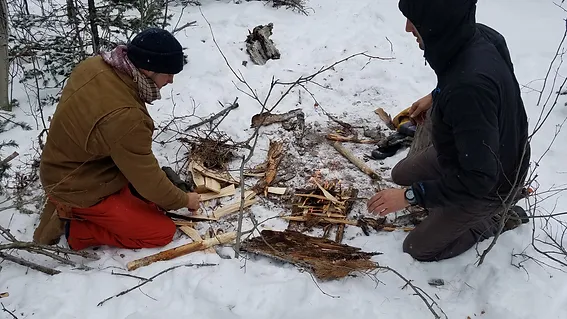
Once you get your fire going, don’t stop there! Maintain your fire for at least a few minutes to make sure it is a good fire. Try to boil a cup of water perhaps, or cook something or simply warm your hands. A fire is no good if it goes out too fast!
And remember, be careful and be safe! Make sure your fire will not spread by accident and do not practice while fire dangers are high or there are fire bans.
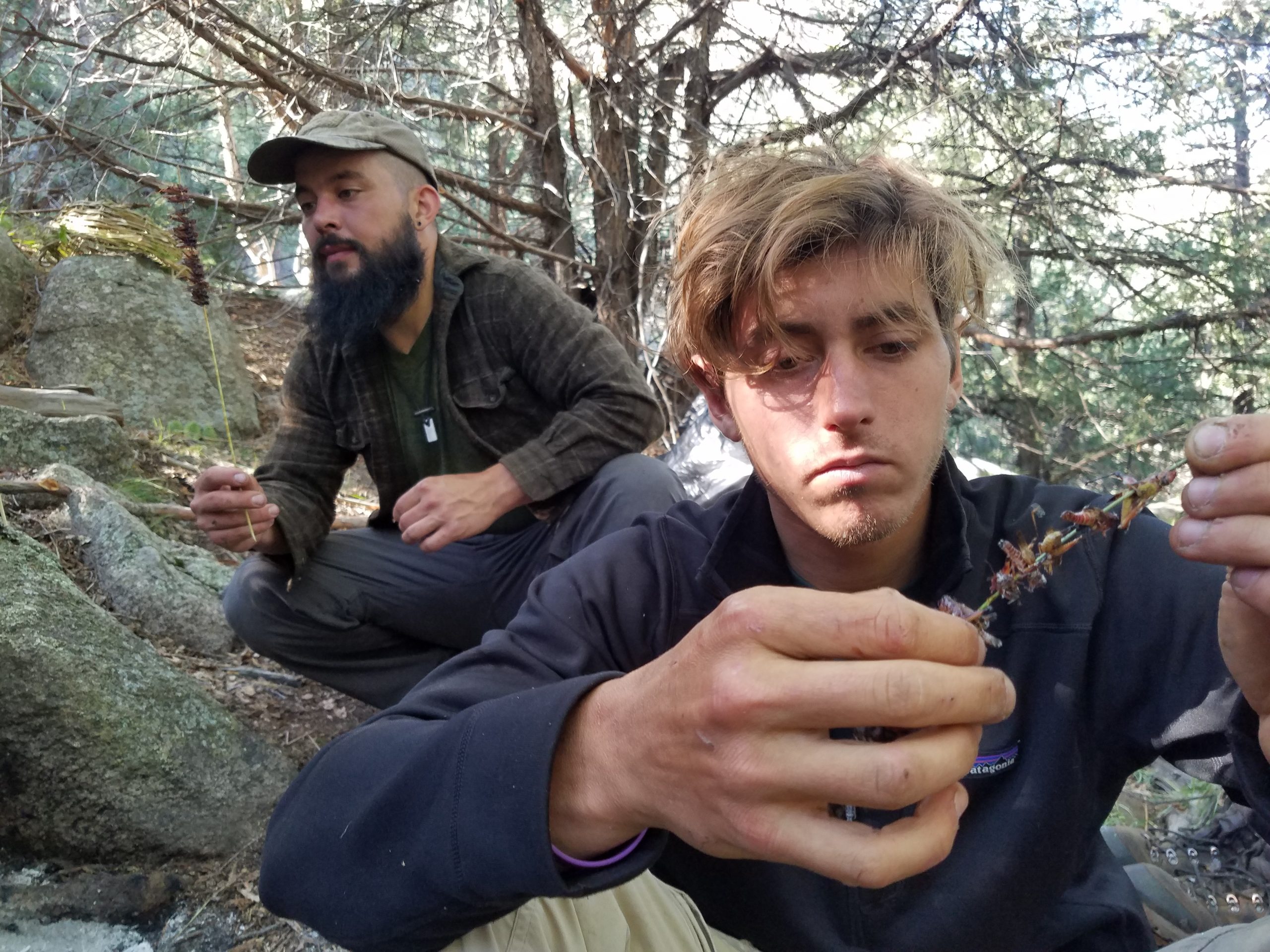
Having a well developed survival mindset can be the difference between living and dying during and after a disaster. The field of survival psychology...
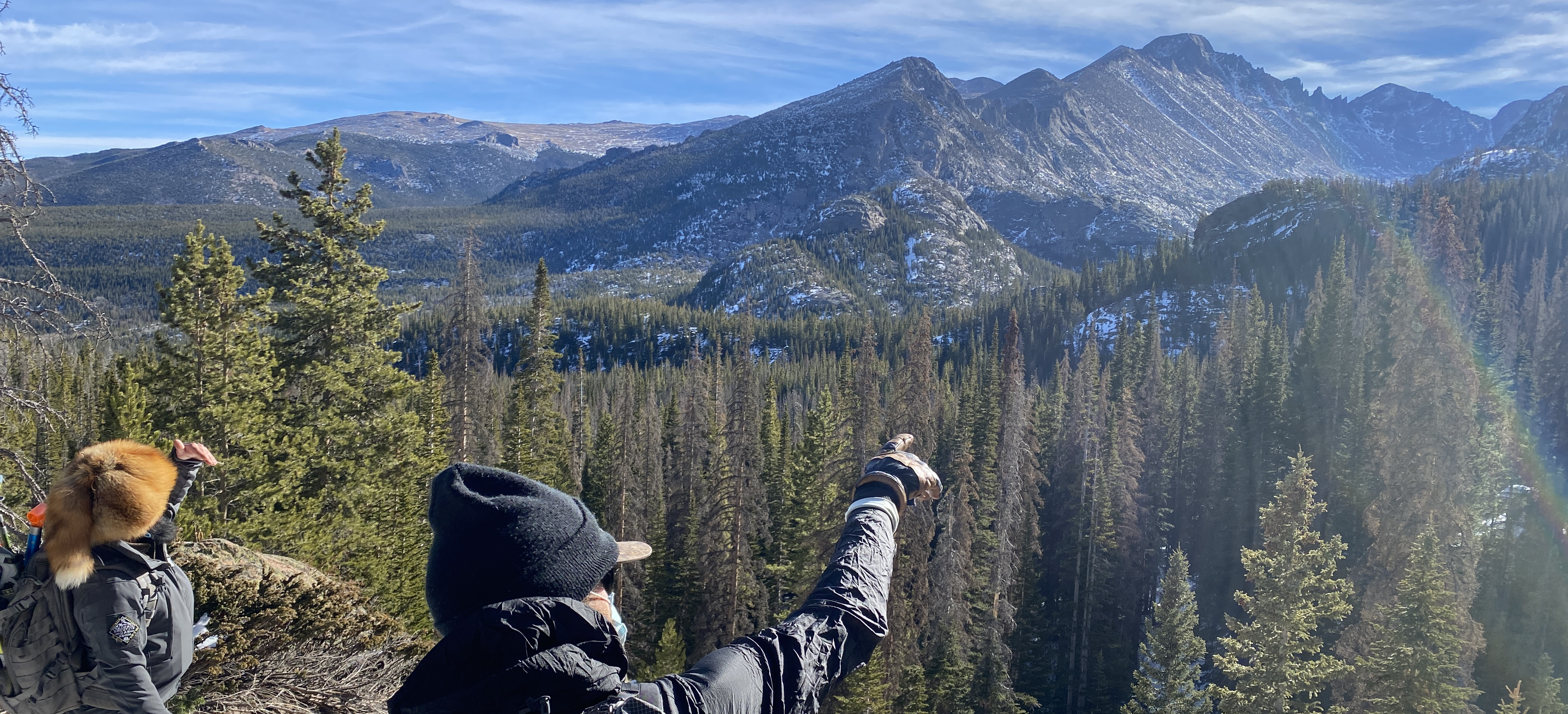
Is all the information we pack into the backwoods as helpful as we think? Colorado is one of the most adventurous states in America. No matter what...
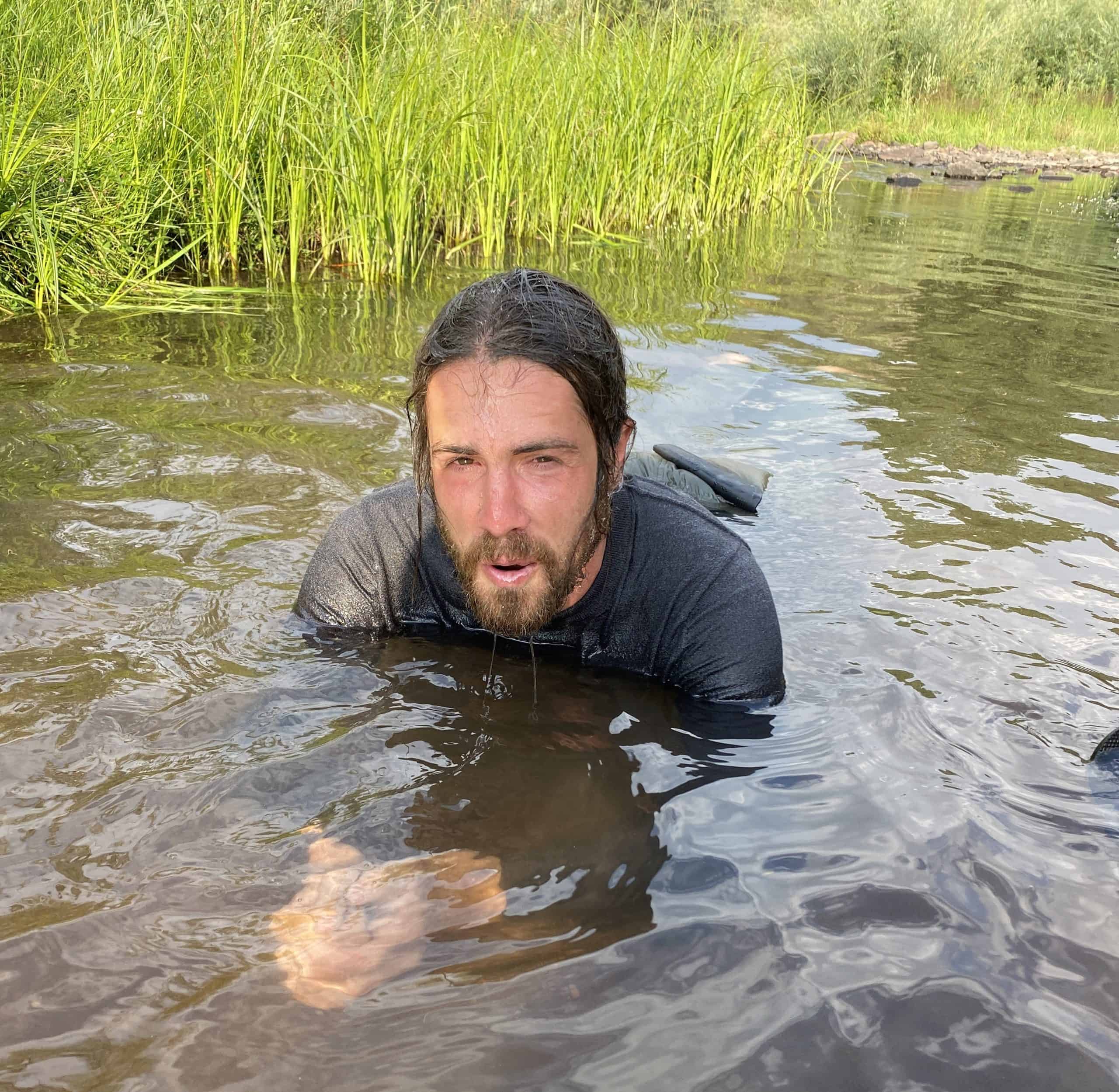
Water is both friend and foe. Even though sips from a cold spring can be refreshing during a hike, being immersed in water can be dangerous for...